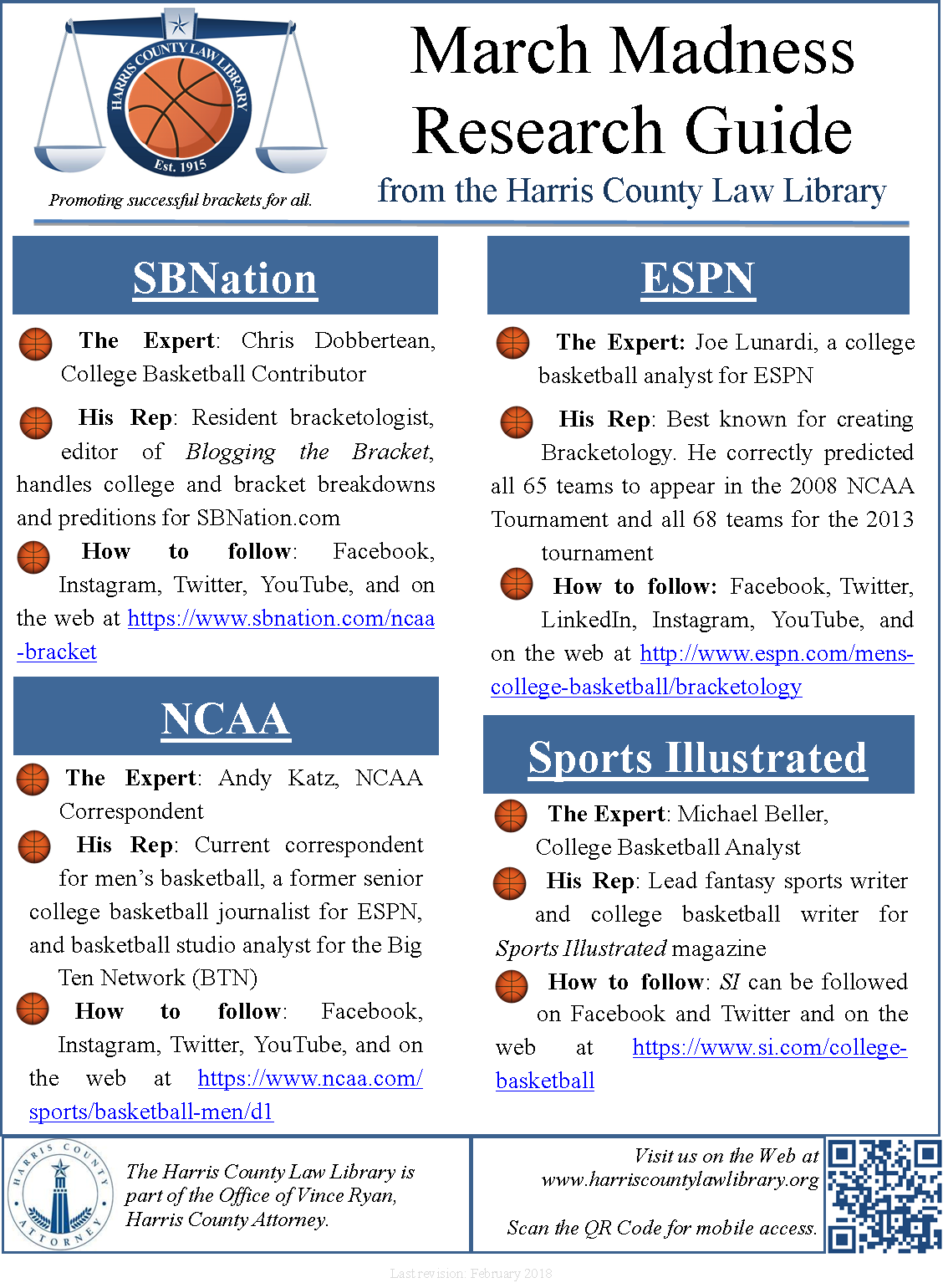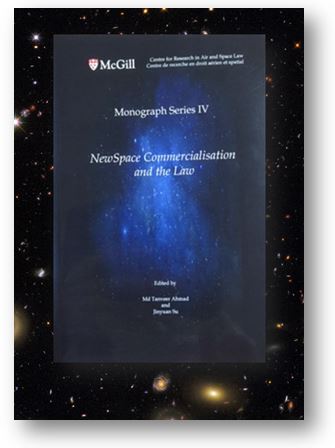Have a look in any law library catalog, and you’re bound to find dozens of references to books written by legal practitioners on the subject of cross examination. Cross examination is an art form and a skill that is highly-prized among litigators but one that is difficult to master. It is said that “practice makes perfect”; however, it is still worthwhile to know some techniques, rules, and even the “do this, but don’t do this” sort of guidelines to help lead the way. There is no magical shortcut to conducting a successful cross examination, but good old-fashioned trial and error and Stephen Gassman’s book, Cross Examination: A Primer for the Family Lawyer just might do the trick.
Beginning with what he terms as the “Commandments of Cross Examination,” Gassman launches into a discussion of the basic principles of conducting of what hopefully will become a successful cross examination. Providing simple suggestions such as "be brief" and "use repetition," the author outlines various guidelines to help you avoid some of the common pitfalls that could ruin what otherwise might have been a winning cross examination. There are situations, though, where it is advisable to not conduct a cross examination of a witness, and Gassman addresses some of those for you.
Other principles that the author enlightens his readers about are those of primacy and recency, both of which deal with timing, and the concept of looping, a tool used for emphasis. He also highlights some cross examination techniques like the use of trilogies, hints about body language, handling the witness with an inability to recollect, and overcoming the hearsay objection. Gassman also provides guidance on impeachment, preparing a witness for cross examination, and conducting cross examination of expert witnesses, including those used in child custody cases.
If you are seeking ways to improve your cross examination skills or are looking for help conducting that first cross examination, have a look at Cross Examination: A Primer for the Family Lawyer.






